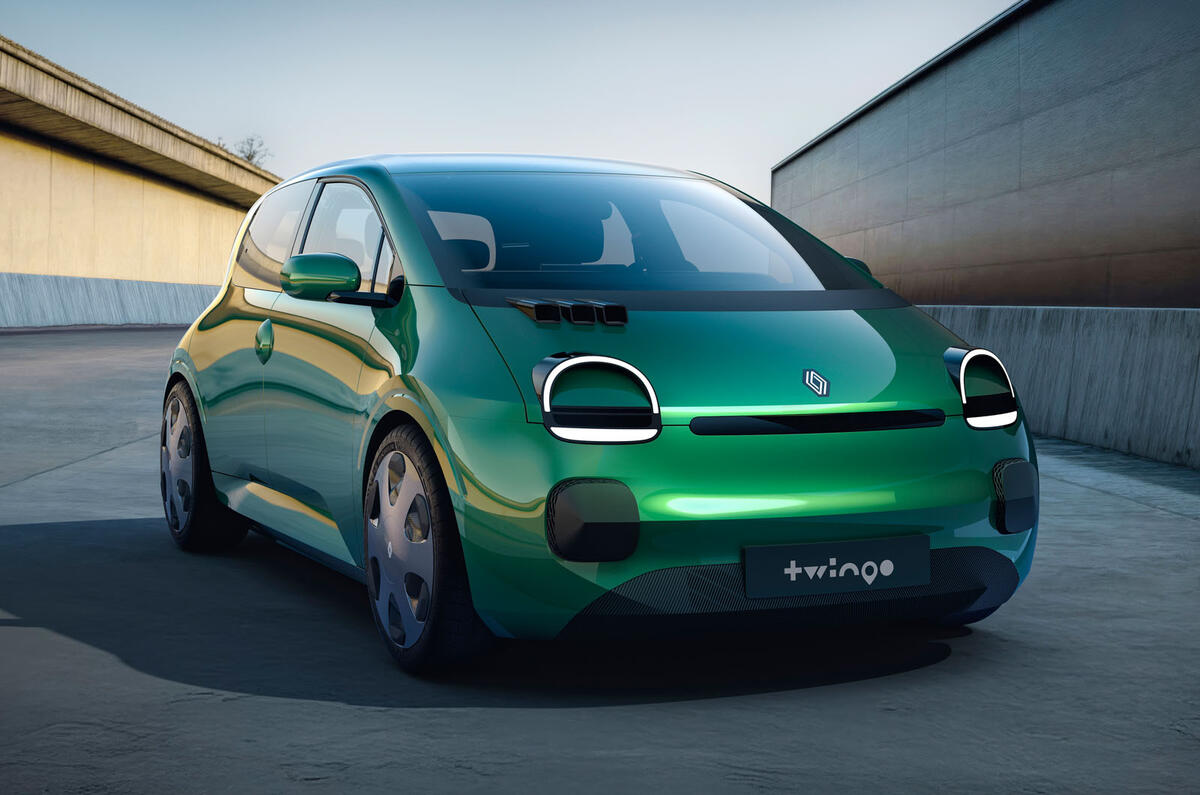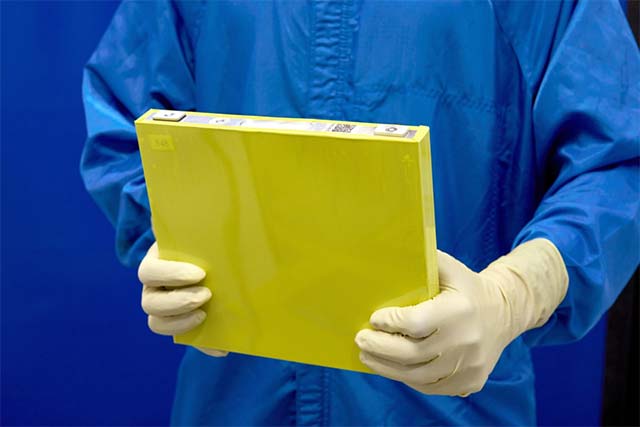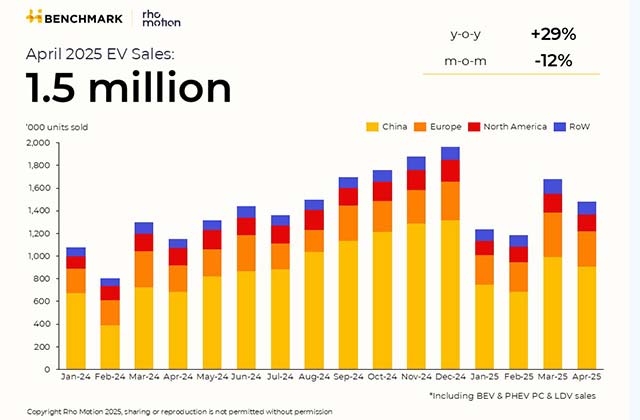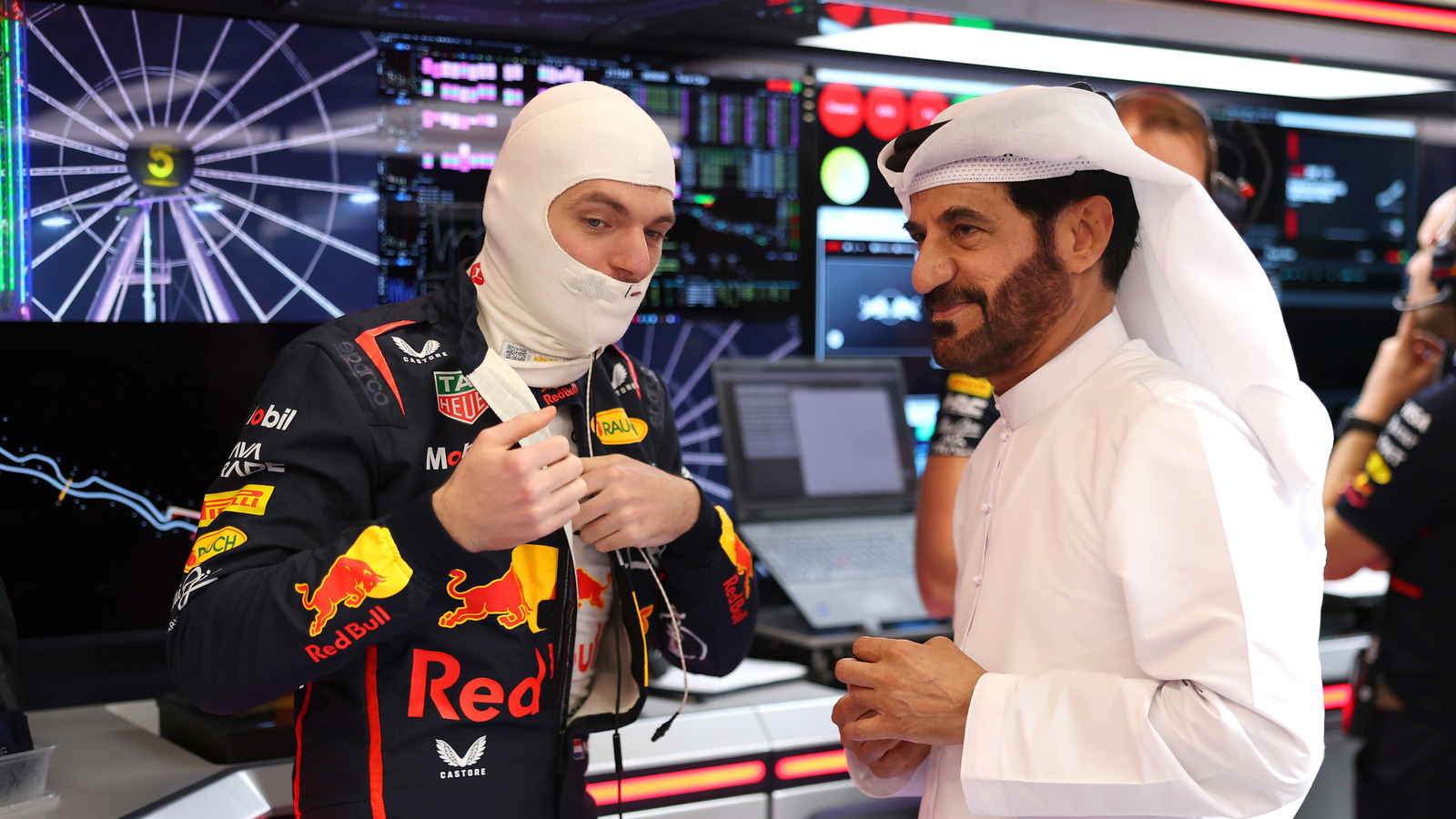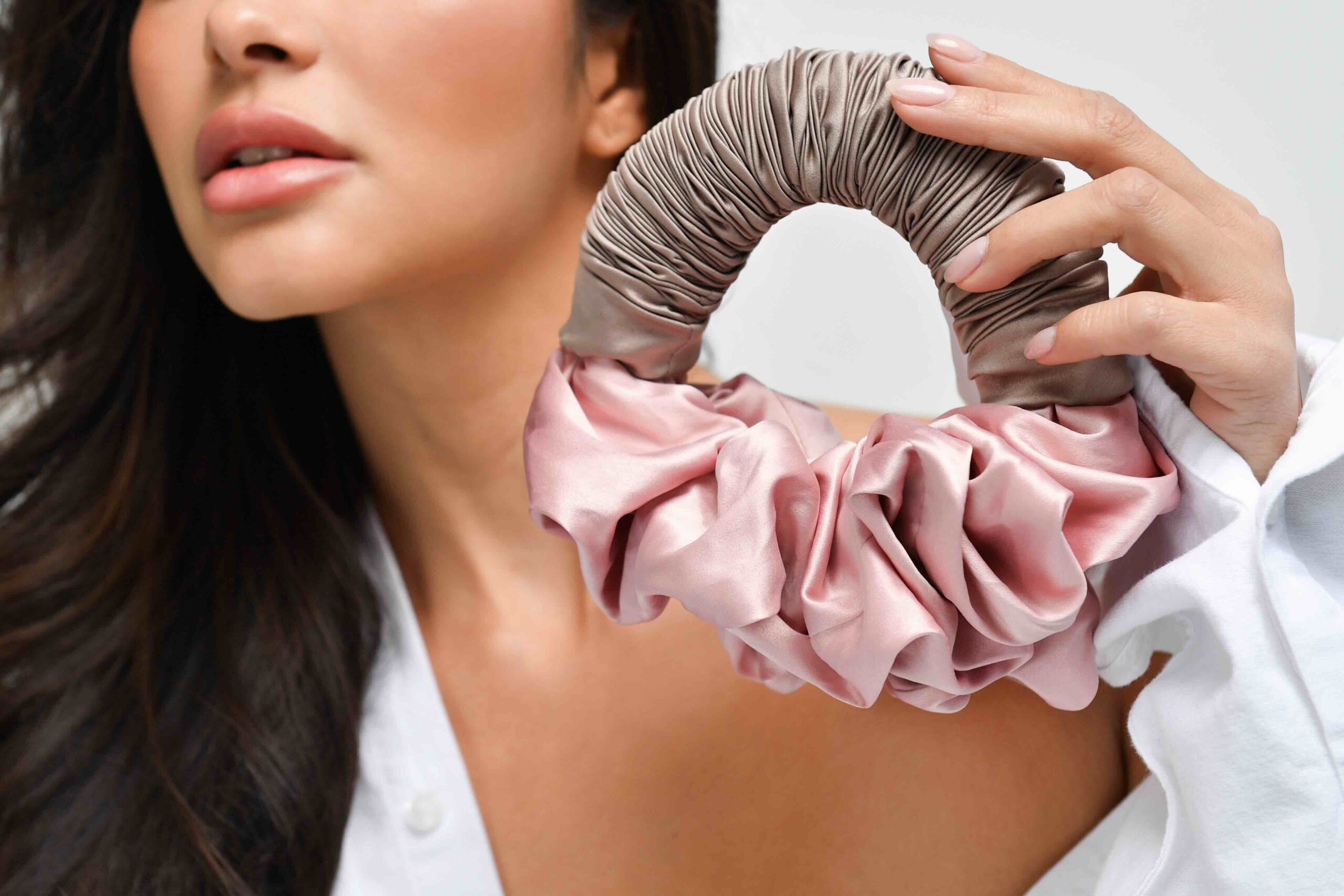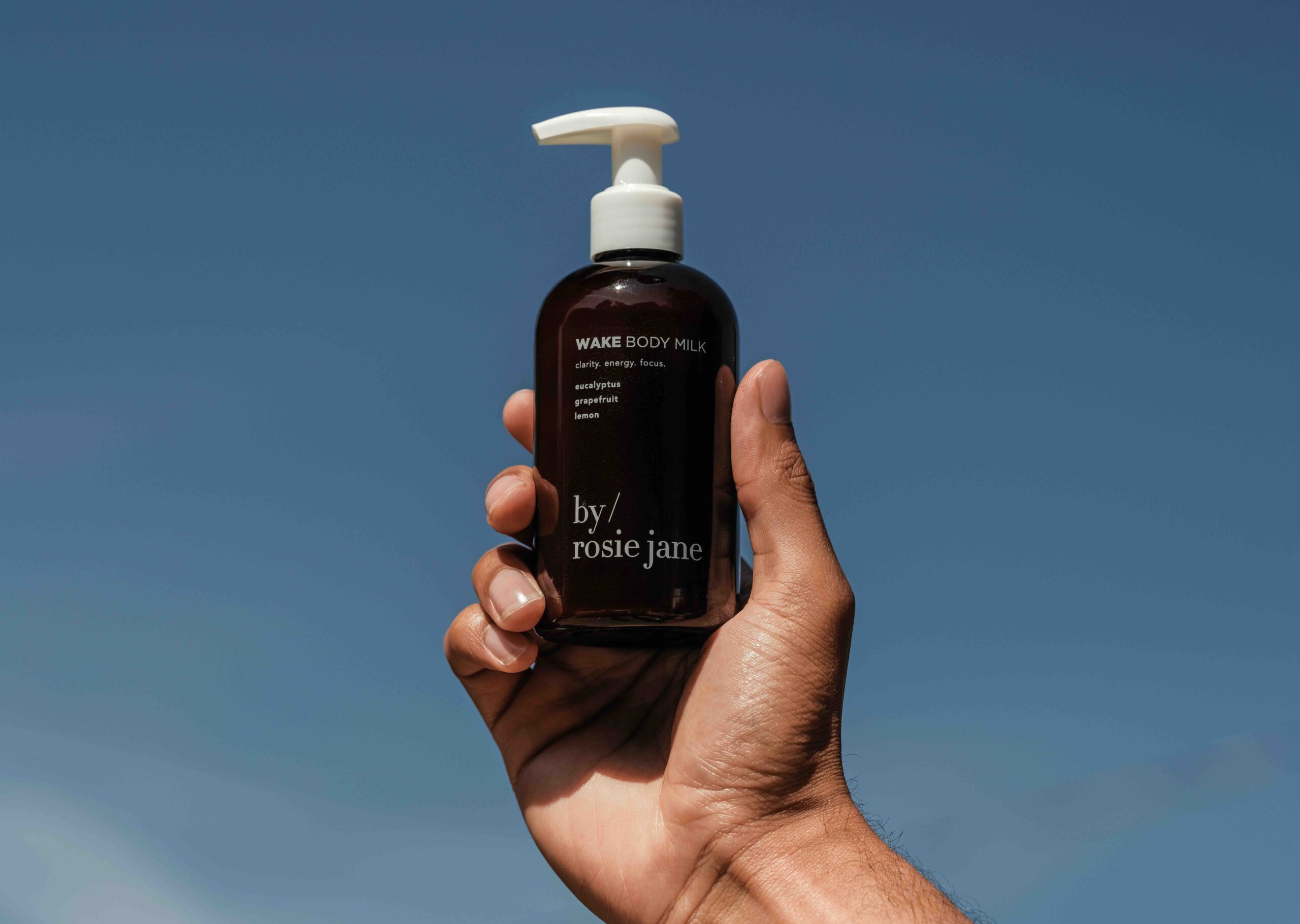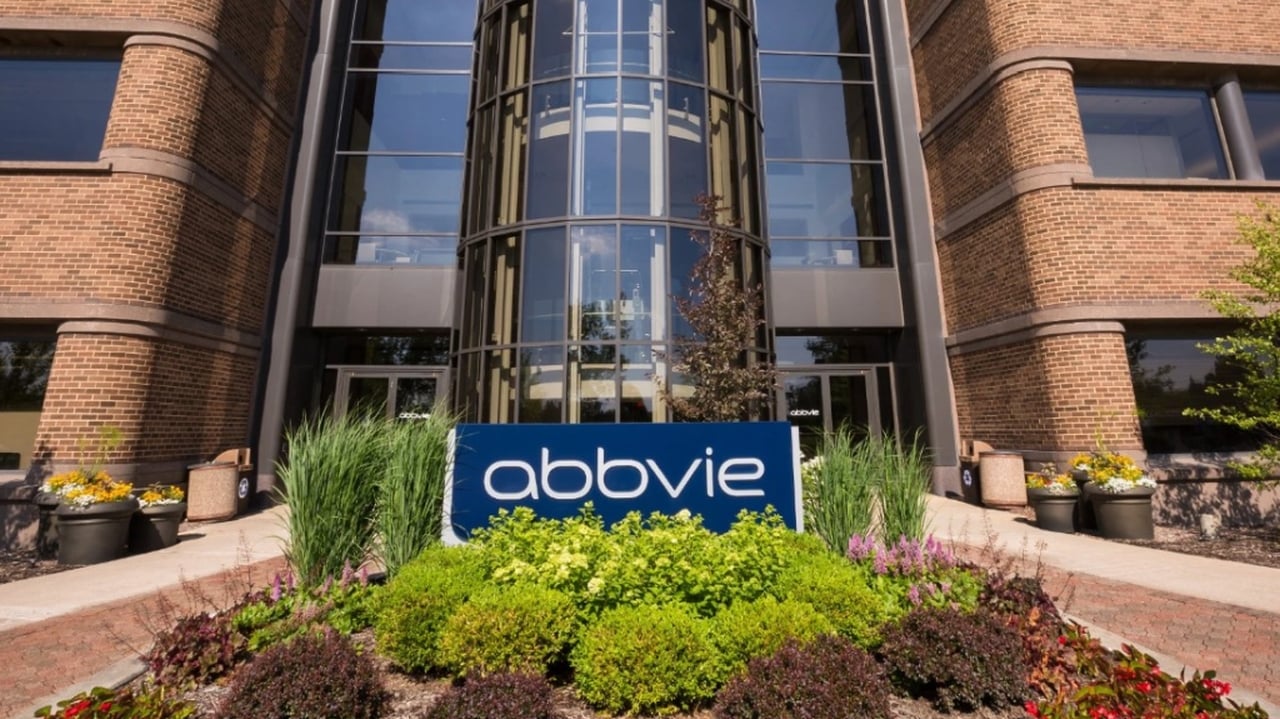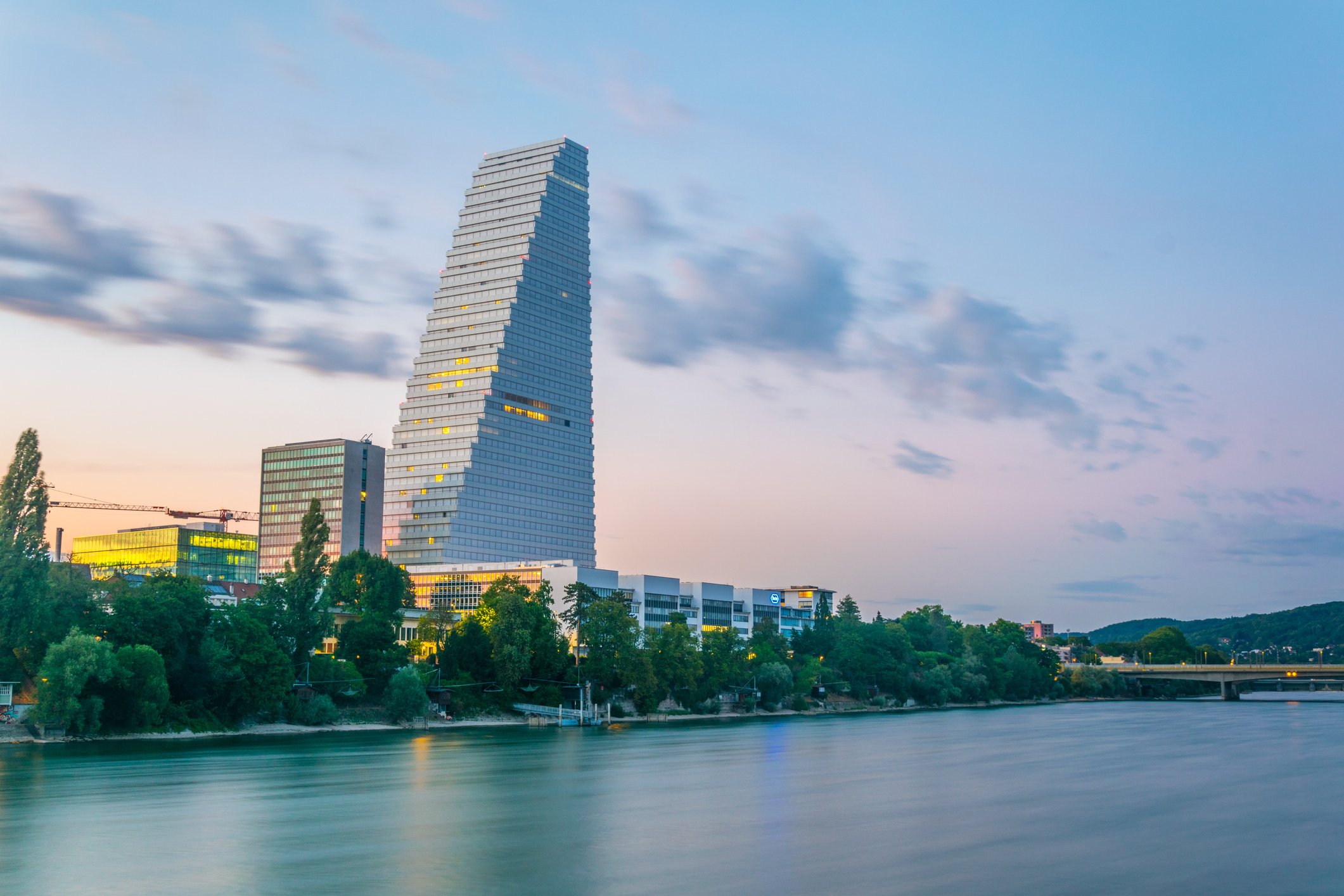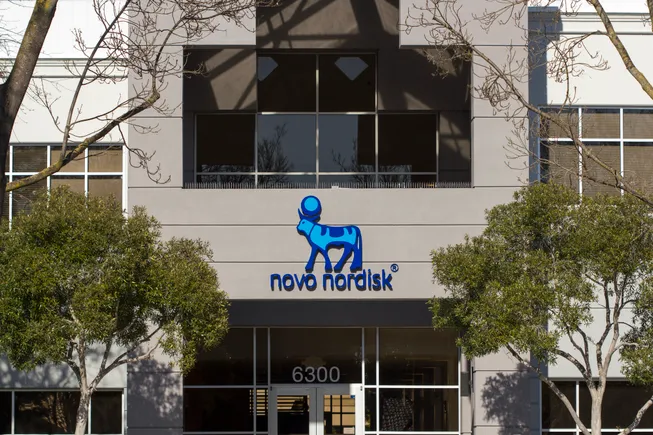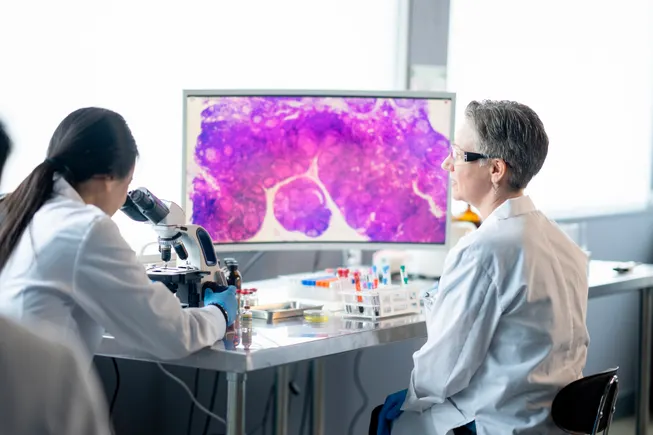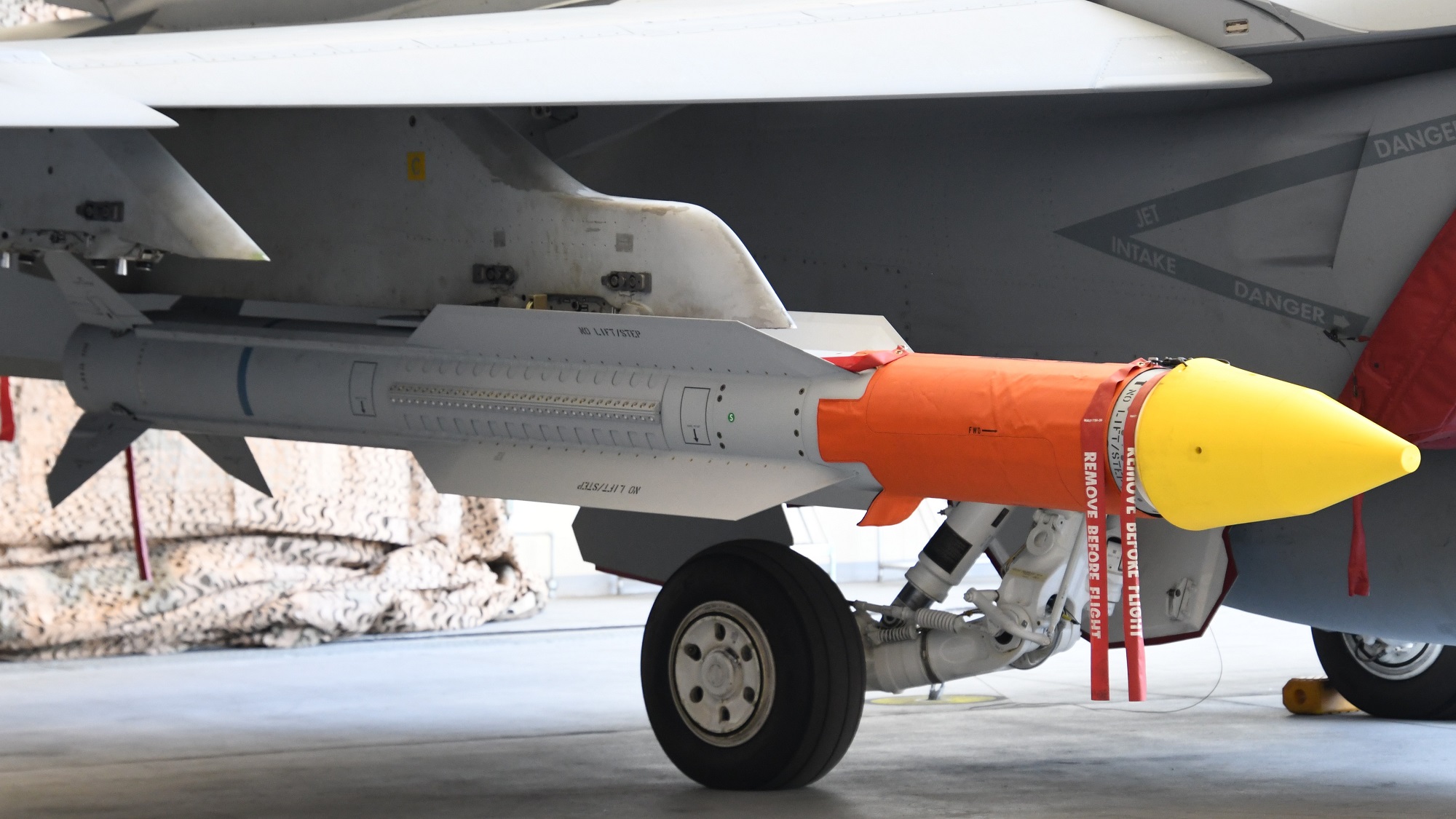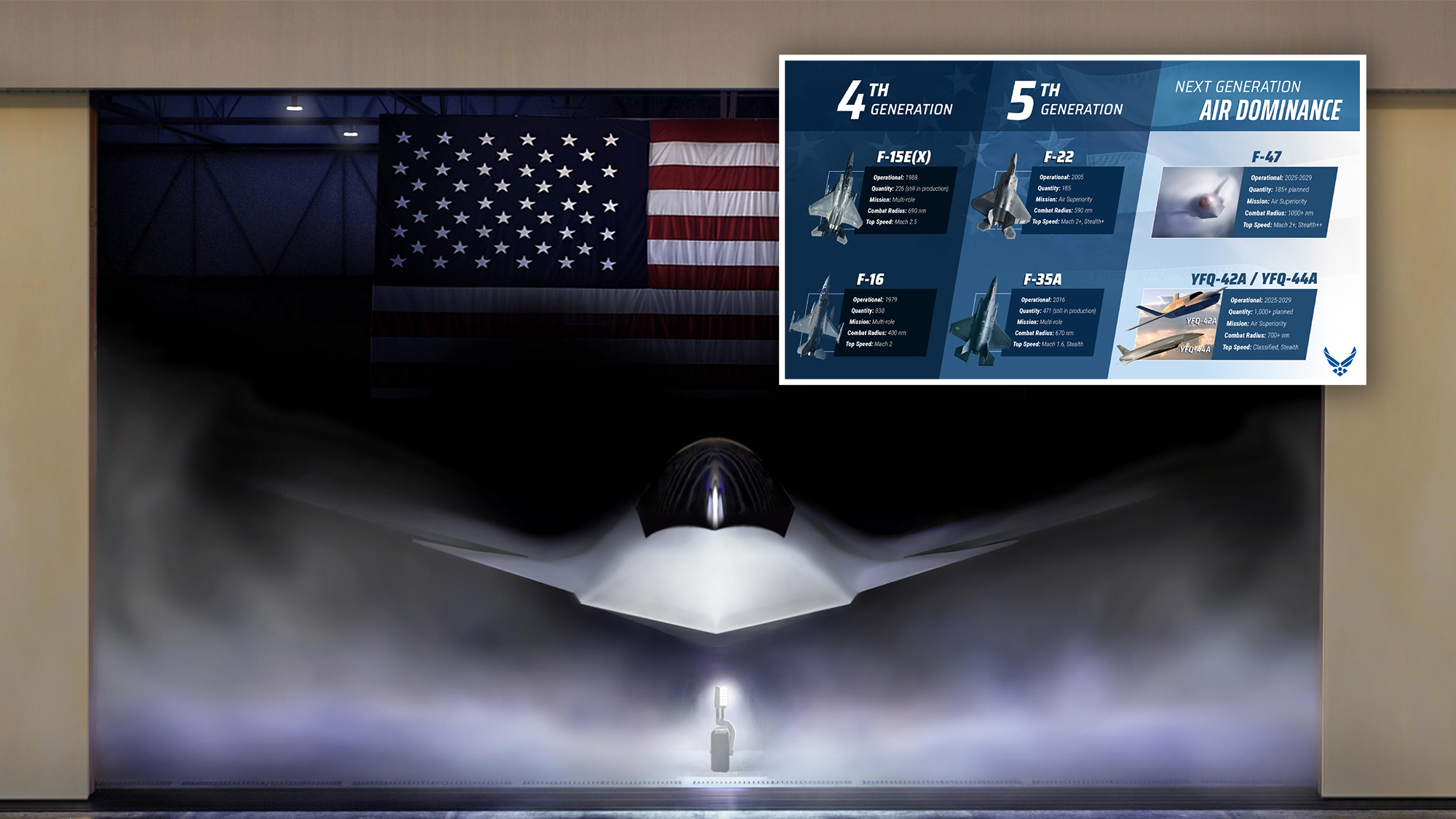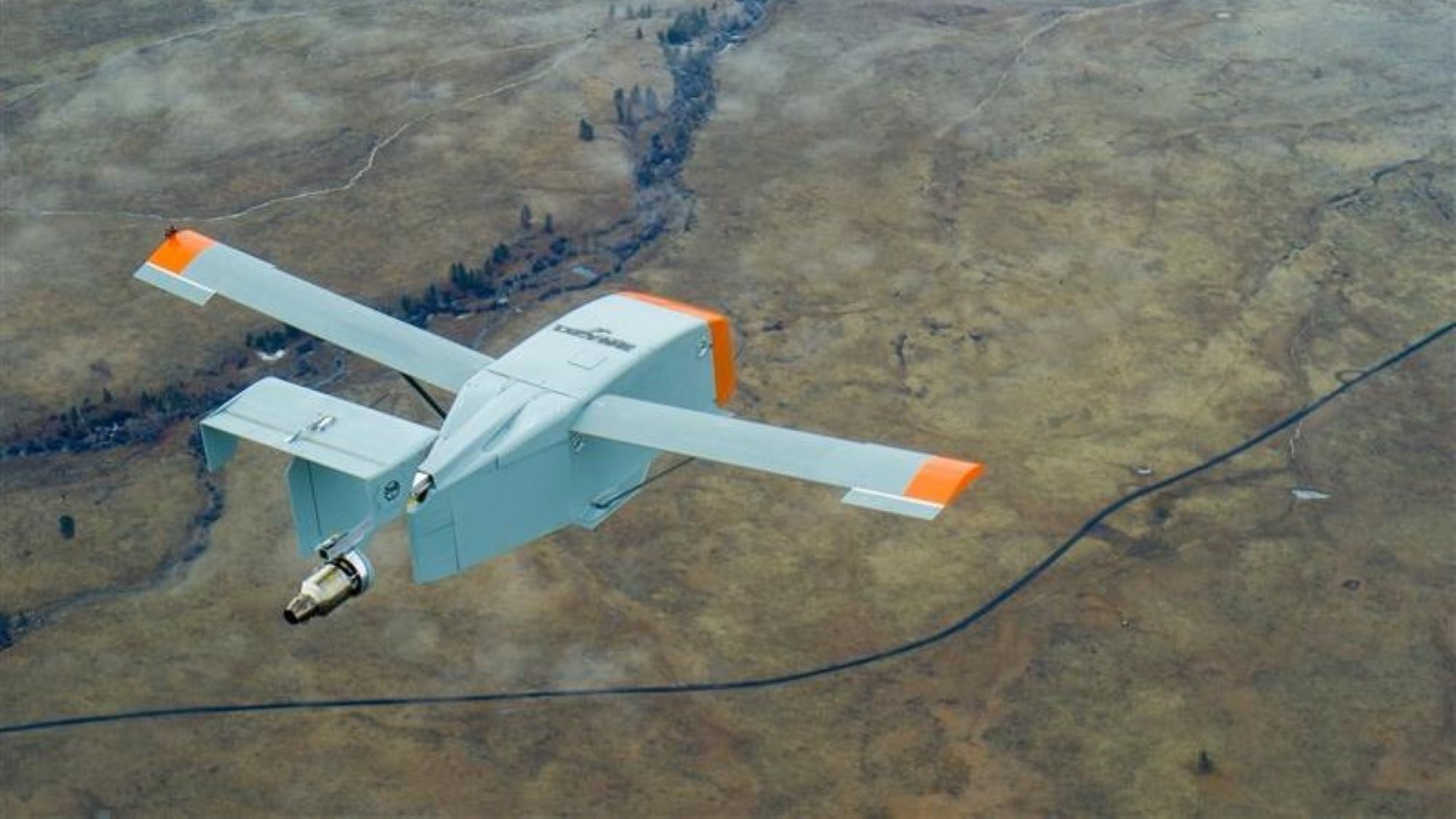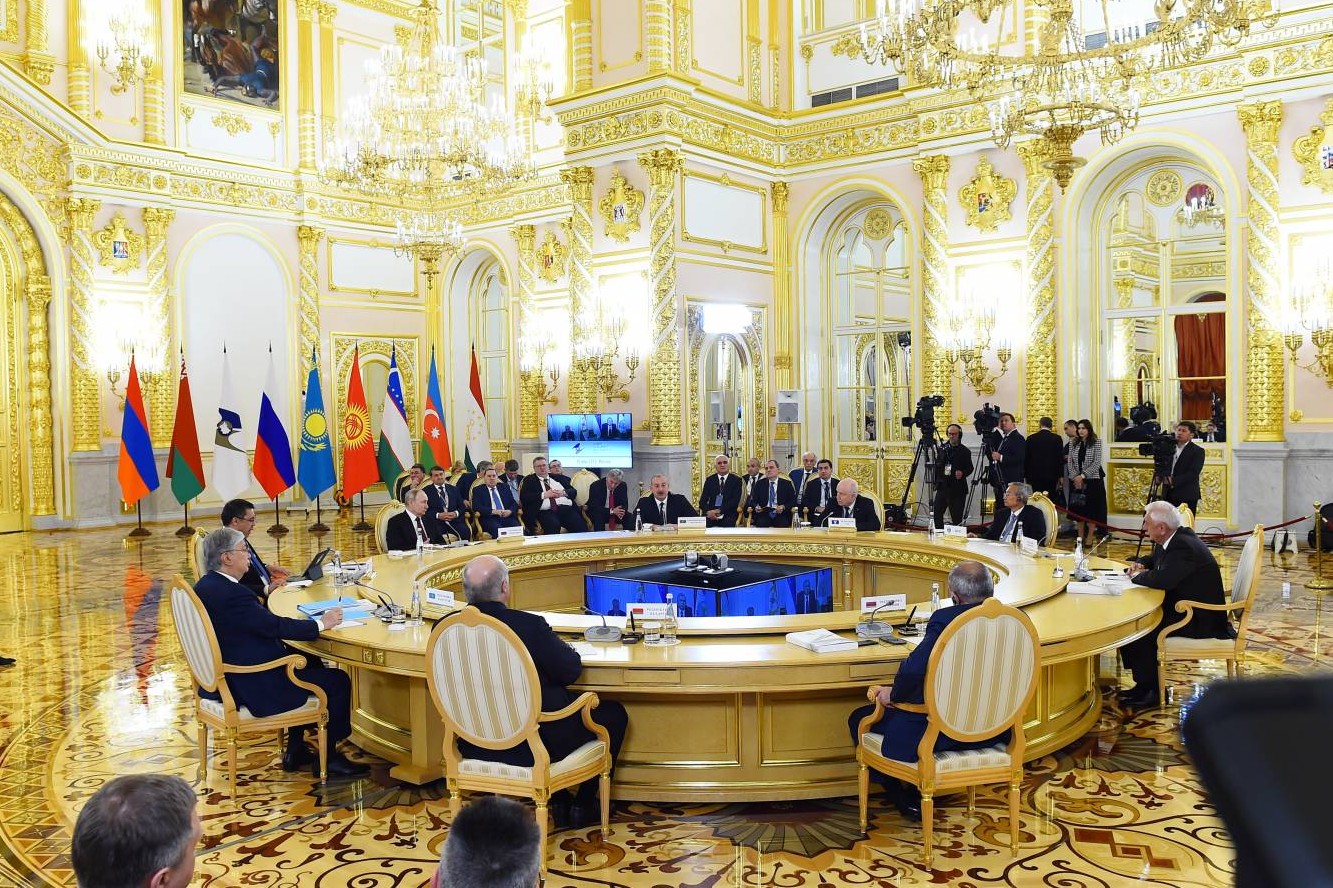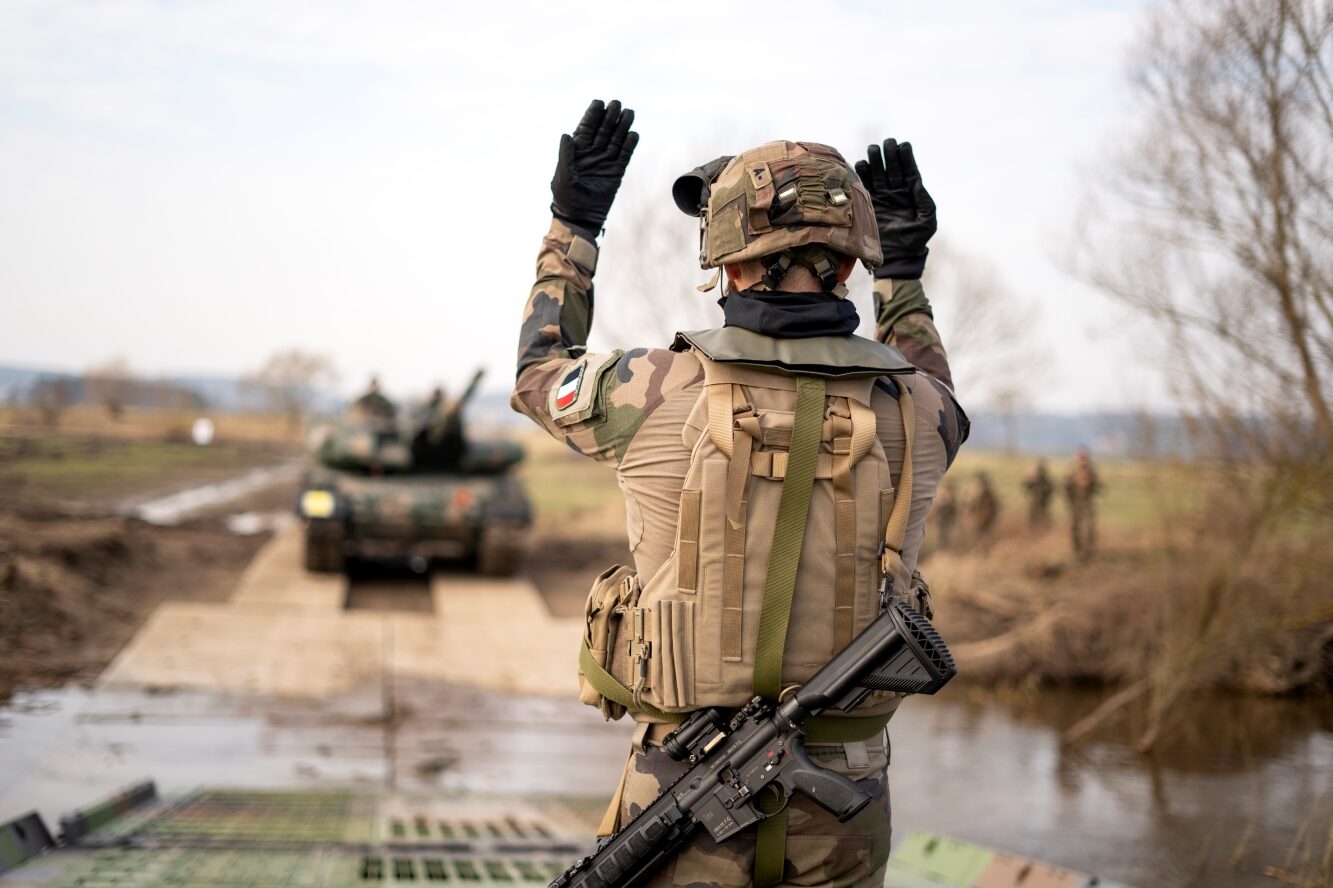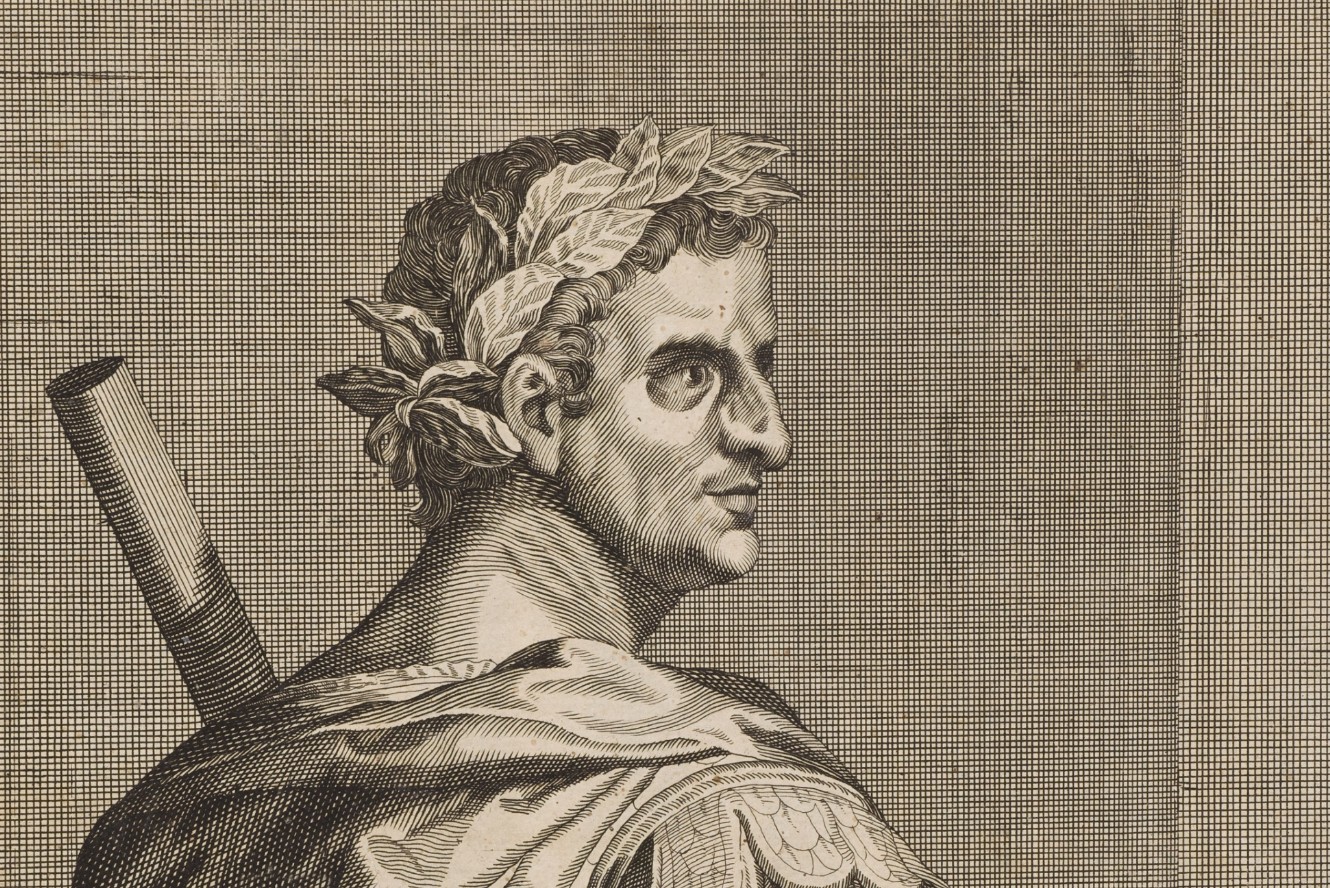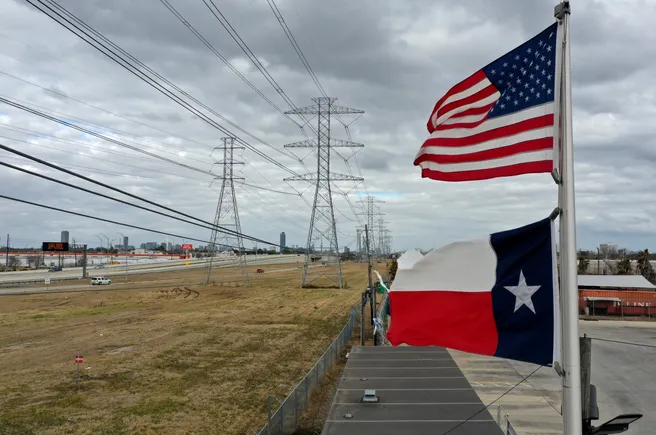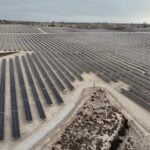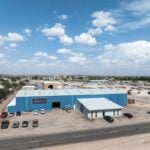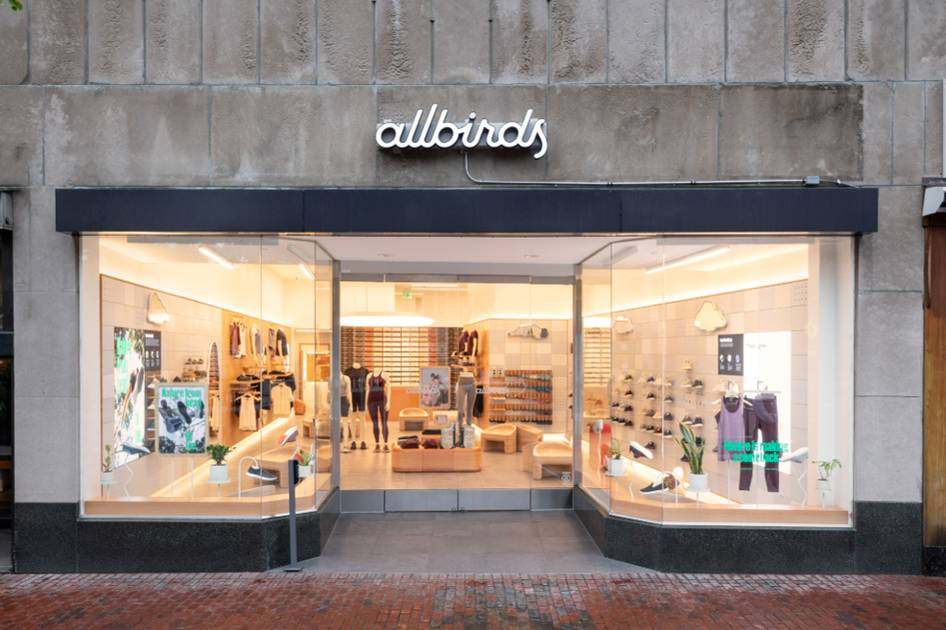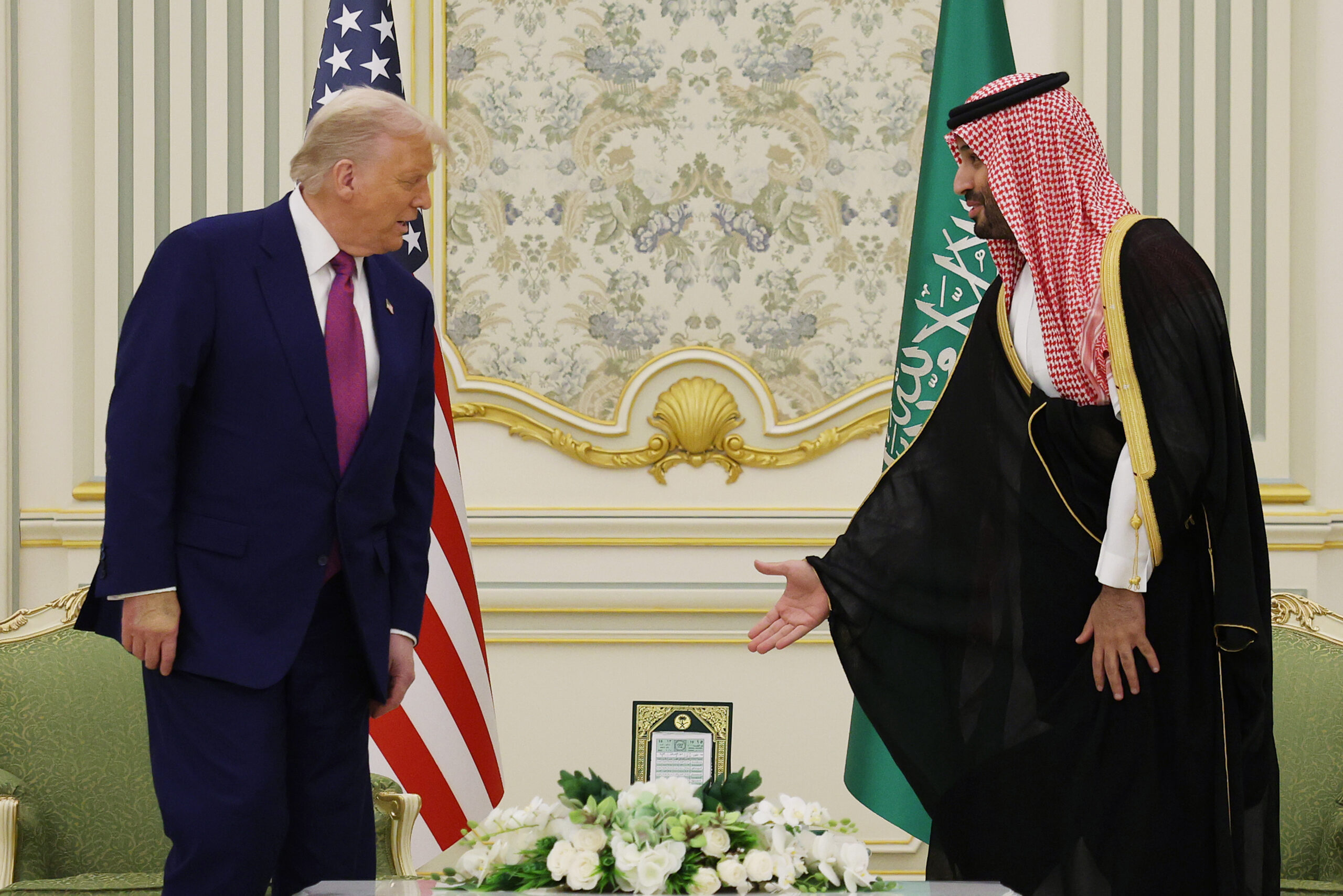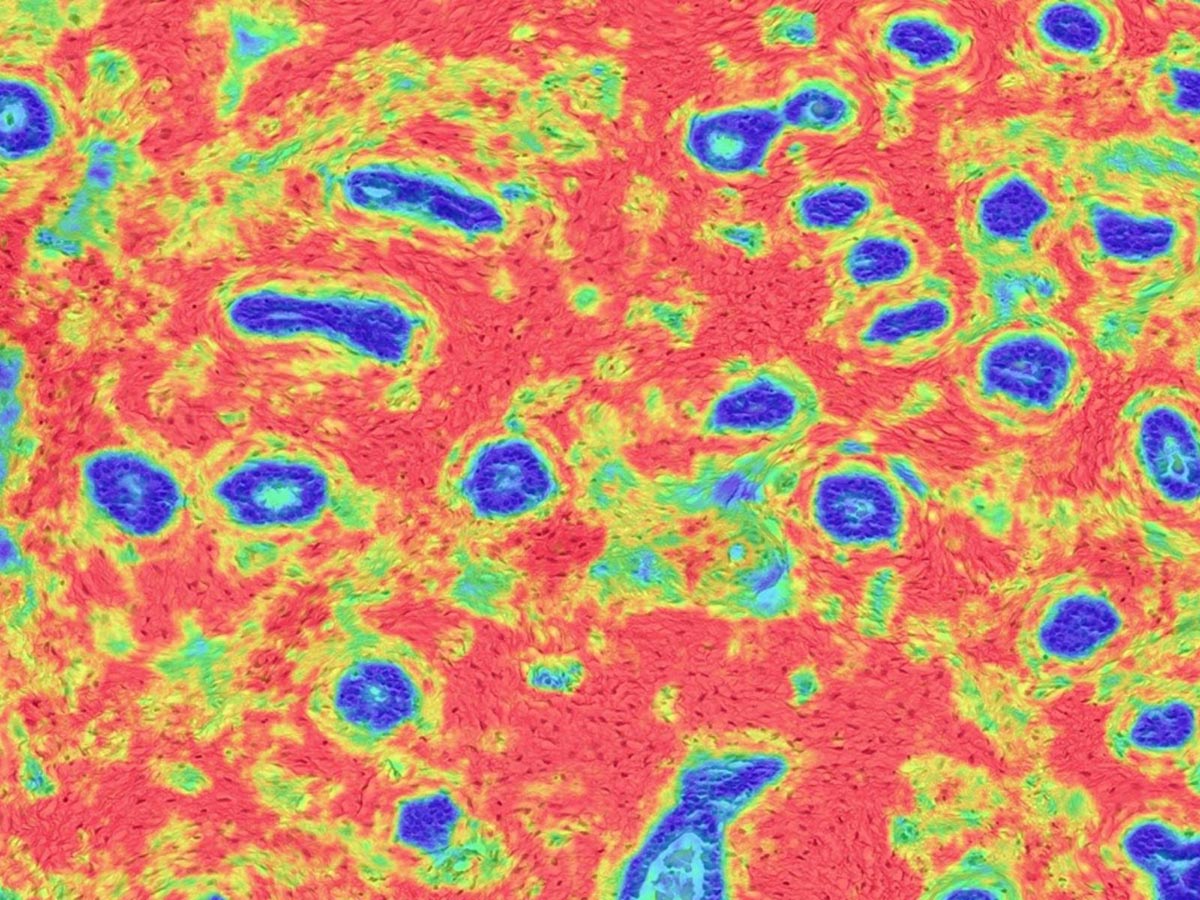The Fashion to Come: Education with Identity, Purpose, and the IED Stamp
Credits: IED To talk about fashion is to talk about how we produce, distribute, and communicate. It means understanding the impacts it generates, and the stories it constructs. To design is to make conscious decisions about materials, narrative, and purpose. It’s not about following trends, but about embracing what is authentic and building from diversity. In this constantly evolving scenario, professionals with a broad vision are in demand, prepared to connect creativity with critical thinking, culture with strategy, craft with innovation. We approached the three Spanish locations of the Istituto Europeo di Design (IED) – Madrid, Barcelona, and Bilbao – to understand how these profiles are formed from a common vision, enriched by the particularities of each context. Credits: IED An institution with history and vision The IED was founded in Milan in 1966 by Francesco Morelli with a pioneering proposal to train professionals in design, fashion, visual arts, and communication. Over the decades, it expanded throughout Italy and crossed borders. In the 1990s, it arrived in Spain with locations in Madrid (1994), Barcelona (2002) and, more recently, in Bilbao (2020), integrating the Kunsthal centre. In 2005, the expansion continued in Brazil. Following the death of its founder in 2017, the Francesco Morelli Foundation took over the leadership of the group, with the mission of continuing to promote design education and culture. A shared vision, three complementary identities Fashion education at the IED shares a transversal and deeply humanistic philosophy: to train conscious professionals, prepared to face the contemporary challenges of the sector. Each location in Spain contributes its own identity, shaped by its environment and its specific focus, in a balance between a global vision and the richness of the local. Professionals from the Madrid and Barcelona locations have made a name for themselves, both at home and abroad, with a prominent presence in well-known firms, or personal projects, such as Moisés Nieto, Carlota Barrera or Tíscar Espadas (IED Madrid) or Susy Sans (senior designer RTW Valentino), Edward Cuming, Gabriela Fenwick (senior designer flou, Celine) or Luis de Javier. In the case of Bilbao, which celebrated its first class of fashion graduates in 2024, a promising stage is opening up that maintains the same commitment to excellence and projection. Madrid: craftsmanship 4.0, diversity and local industry “We actively collaborate with small and medium-sized enterprises (SMEs) in the Community of Madrid that value the avant-garde vision of our students,” explained Federico Antelo, director of the fashion area in Madrid. “We also work with emerging designers, some of them school alumni, and with large firms, thus generating close links between training and professional reality.” The IED Madrid, with 30 years of experience, articulates its approach around craftsmanship 4.0, cultural diversity and metropolitan sustainability. Within this framework, continued participation in the Month of Emerging Design becomes a key platform where students connect with the local ecosystem and project their proposals in a professional environment. Credits: IED Madrid.Manna/Ana Montesa Barcelona: multiculturalism, technology and creative freedom Located in the Gràcia neighbourhood, the IED Barcelona is a creative hub. “Our international community is reflected both in the students and in the teaching staff of all the programmes, from the Degree or the Bachelor of Arts (Hons) to the Foundation,” commented Pilar Pasamontes and Julia Weems, who head the fashion area. “The level of demand, personal creative practice and the development of each individual, within our community, define us, while our location facilitates direct contact with the city’s creative fabric.” The centre combines the Mediterranean heritage with a focus on humanised technology and social impact. “We are a multicultural, multidisciplinary and multi-creative community,” they pointed out. Credits: IED Barcelona. Jugar a ser dolent no està tan malament [Jugar a ser malo no está tan mal]/Dani Barris Bilbao: creativity, transversality and innovative thinking Located on the Isla del Conocimiento de Zorrozaurre, the IED Kunsthal Bilbao provides a view linked to the territory. “We stand out for our focus on circularity and regeneration, promoting collaborations with the local industry such as IED Kunsthal x Ternua Group or Koopera,” explained Usune Bravo, director of the area. “These experiences allow students to explore design as a tool for social transformation.” Likewise, projects such as Craft the Leather, of an international nature, connect them with artisanal know-how and allow them to exhibit their work at the Lineapelle trade fair in Milan. “It is a clear example of how we connect the local dimension with a global projection,” added Bravo. Credits: IED Kunsthal Bilbao. Olympia/Gaizka Albizu A transformative education
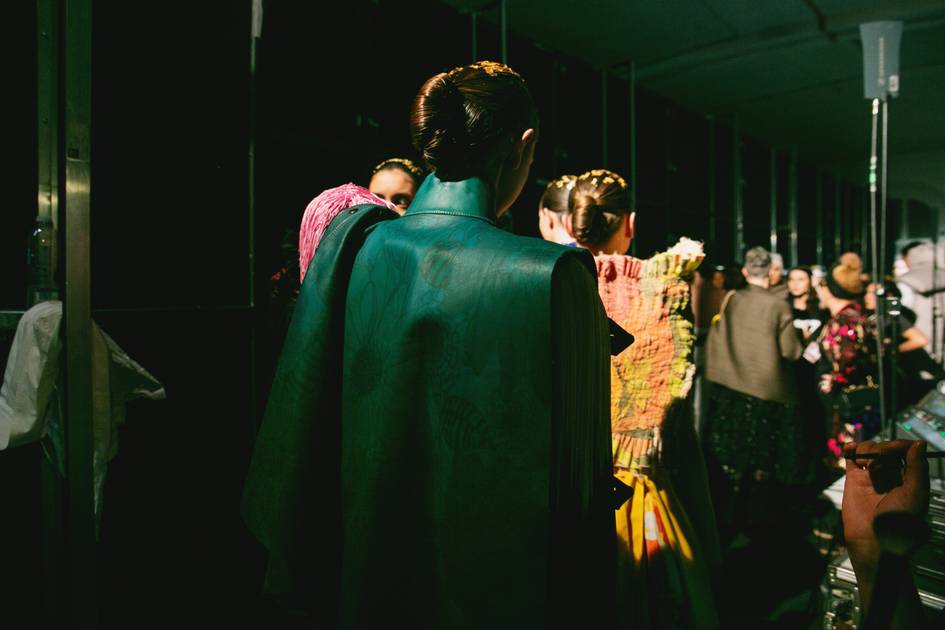
To talk about fashion is to talk about how we produce, distribute, and communicate. It means understanding the impacts it generates, and the stories it constructs. To design is to make conscious decisions about materials, narrative, and purpose. It’s not about following trends, but about embracing what is authentic and building from diversity.
In this constantly evolving scenario, professionals with a broad vision are in demand, prepared to connect creativity with critical thinking, culture with strategy, craft with innovation. We approached the three Spanish locations of the Istituto Europeo di Design (IED) – Madrid, Barcelona, and Bilbao – to understand how these profiles are formed from a common vision, enriched by the particularities of each context.
An institution with history and vision
The IED was founded in Milan in 1966 by Francesco Morelli with a pioneering proposal to train professionals in design, fashion, visual arts, and communication. Over the decades, it expanded throughout Italy and crossed borders. In the 1990s, it arrived in Spain with locations in Madrid (1994), Barcelona (2002) and, more recently, in Bilbao (2020), integrating the Kunsthal centre. In 2005, the expansion continued in Brazil. Following the death of its founder in 2017, the Francesco Morelli Foundation took over the leadership of the group, with the mission of continuing to promote design education and culture.
A shared vision, three complementary identities
Fashion education at the IED shares a transversal and deeply humanistic philosophy: to train conscious professionals, prepared to face the contemporary challenges of the sector. Each location in Spain contributes its own identity, shaped by its environment and its specific focus, in a balance between a global vision and the richness of the local.
Professionals from the Madrid and Barcelona locations have made a name for themselves, both at home and abroad, with a prominent presence in well-known firms, or personal projects, such as Moisés Nieto, Carlota Barrera or Tíscar Espadas (IED Madrid) or Susy Sans (senior designer RTW Valentino), Edward Cuming, Gabriela Fenwick (senior designer flou, Celine) or Luis de Javier. In the case of Bilbao, which celebrated its first class of fashion graduates in 2024, a promising stage is opening up that maintains the same commitment to excellence and projection.
Madrid: craftsmanship 4.0, diversity and local industry
“We actively collaborate with small and medium-sized enterprises (SMEs) in the Community of Madrid that value the avant-garde vision of our students,” explained Federico Antelo, director of the fashion area in Madrid. “We also work with emerging designers, some of them school alumni, and with large firms, thus generating close links between training and professional reality.”
The IED Madrid, with 30 years of experience, articulates its approach around craftsmanship 4.0, cultural diversity and metropolitan sustainability. Within this framework, continued participation in the Month of Emerging Design becomes a key platform where students connect with the local ecosystem and project their proposals in a professional environment.
Barcelona: multiculturalism, technology and creative freedom
Located in the Gràcia neighbourhood, the IED Barcelona is a creative hub. “Our international community is reflected both in the students and in the teaching staff of all the programmes, from the Degree or the Bachelor of Arts (Hons) to the Foundation,” commented Pilar Pasamontes and Julia Weems, who head the fashion area. “The level of demand, personal creative practice and the development of each individual, within our community, define us, while our location facilitates direct contact with the city’s creative fabric.”
The centre combines the Mediterranean heritage with a focus on humanised technology and social impact. “We are a multicultural, multidisciplinary and multi-creative community,” they pointed out.
Bilbao: creativity, transversality and innovative thinking
Located on the Isla del Conocimiento de Zorrozaurre, the IED Kunsthal Bilbao provides a view linked to the territory. “We stand out for our focus on circularity and regeneration, promoting collaborations with the local industry such as IED Kunsthal x Ternua Group or Koopera,” explained Usune Bravo, director of the area. “These experiences allow students to explore design as a tool for social transformation.”
Likewise, projects such as Craft the Leather, of an international nature, connect them with artisanal know-how and allow them to exhibit their work at the Lineapelle trade fair in Milan. “It is a clear example of how we connect the local dimension with a global projection,” added Bravo.
A transformative educational approach
The IED conceives fashion as a space for freedom, expression and impact. Technical tools are combined with critical thinking and creativity, offering an environment where each student can explore their identity. “At the IED, fashion is a territory of freedom, exploration and authenticity,” said the academic management. “We don’t teach how to follow trends, but how to create your own path in the industry.”
This pedagogical model values both the know-how of the past and the innovation of the present, training professionals capable of responding to a demanding and changing sector.
An academic offer tailored to the new profiles of the sector
The IED’s training offer is broad, flexible and adapted to the realities of a market in transformation. It ranges from official degree qualifications to international programmes (such as the BA Hons validated by the University of Westminster), master's degrees, postgraduate degrees, IED Diplomas, training cycles, specialisation courses, bootcamps and summer programmes. This structure allows students to design their own educational path, with options such as fashion design, creative direction, sustainable production, styling, strategic management or digital marketing.
Diverse profiles in a global community
The students of the IED share the same essence: curiosity, creativity, commitment and openness to the new. Each location welcomes students with a strong vocation for design and fashion as personal languages and drivers of change.
In Madrid, although with a presence of different nationalities, it mainly receives students from Spain and Latin America, which reinforces a fluid cultural connection with both contexts and generates a community very involved with the local and continental scene. In Barcelona, the great international diversity translates into a vibrant and globalised campus. In Bilbao, the profile is more local, although with a growing international projection, especially in master's degrees. This plurality contributes to defining the character of each school and to nurturing its creative ecosystem.
Commitment to sustainability and social impact
Sustainability is not an isolated content, but a transversal axis in the educational proposal. From collaborative projects with companies to methodologies that integrate ethical criteria, all locations promote a conscious practice of design.
From the fashion management of Madrid, Antelo highlighted the Residuo 0. projects, which explore alternative pattern-making techniques to achieve maximum use of fabrics, generating the least possible waste. In Barcelona, “students make collections with upcycling, learn about the impact of materials and how to cut efficiently,” said Weems and Pasamontes. Bilbao promotes circular design as a pedagogical value and professional attitude. “We understand the school as a space for the creation of knowledge and real impact on the environment,” added Bravo.
Academic recognition and international projection
The degree qualifications are equivalent to an official university degree, valid throughout the EHEA, which guarantees their academic and professional recognition at a European level.
On the other hand, the BA (Hons) taught in Barcelona have the validation of the University of Westminster, reinforcing the international projection of the students.
Ongoing projects and vision for the future
The IED evolves at the same rate as fashion does: towards an increasingly transversal, ethical and connected scenario. Beyond training technically prepared professionals, its commitment is to accompany future designers in the discovery of their voice, connecting them with the real challenges of the sector from a critical, creative and sustainable perspective.
In the coming months, the three IED locations in Spain will continue to promote collaborations with companies and institutions from different geographical areas – local, national and international – consolidating their role as a bridge between training and industry.
Before the end of the course, the three locations are finalising a series of key events in fashion. In Madrid, the Avant Défilé will be held, a prelude to the final parade, which will take place in September and which is consolidated as a showcase for the most outstanding projects of the course. In addition, the area will continue to promote collaborative initiatives between students of all levels and brands in the sector. In Barcelona, the course will end with a parade in an emblematic space in the city, an annual event that cannot be missed to discover the new promises of design. The event will include an awards ceremony by a jury of experts, as well as a very special collaboration with MANE, one of the main producers of fragrances internationally. For its part, in Bilbao a unique event will be held in which the recent graduates will present their final projects, in parallel to the development of a transversal academic collaboration for the next course, which will unite the areas of Fashion, Product and Graphic, together with the designer Itxaso Lecumberri.
Discover more about the academic proposal, the projects and the training approach of the IED fashion area.
This article was translated to English using an AI tool.
FashionUnited uses AI language tools to speed up translating (news) articles and proofread the translations to improve the end result. This saves our human journalists time they can spend doing research and writing original articles. Articles translated with the help of AI are checked and edited by a human desk editor prior to going online. If you have questions or comments about this process email us at info@fashionunited.com
















